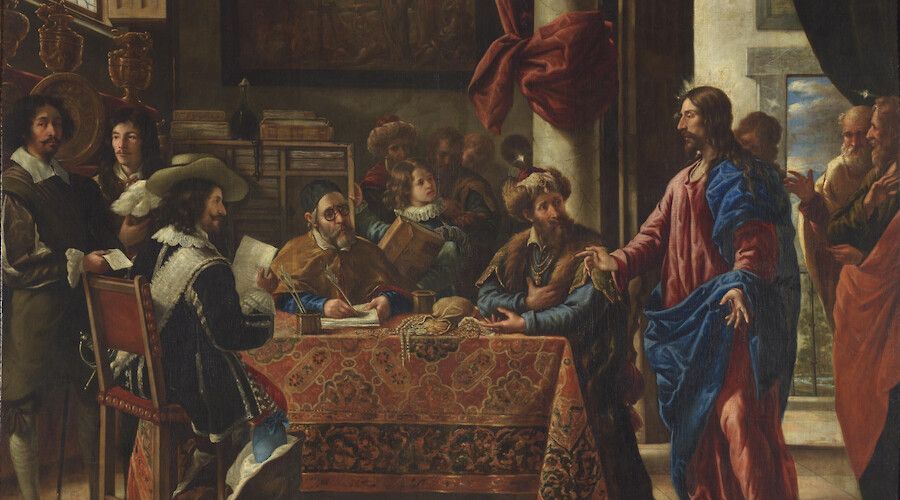Juan de Pareja, Afro-Hispanic Painter

The exhibition offers an unprecedented look at the life and artistic achievements of seventeenth-century Afro-Hispanic painter Juan de Pareja, now on view at The Met.
Largely known today as the subject of The Met’s iconic portrait by Diego Velázquez, Pareja –who was born in Antequera, Spain– was enslaved in Velázquez’s studio for over two decades before becoming an artist in his own right. This presentation is the first to tell his story and examine the ways in which enslaved artisanal labor and a multiracial society are inextricably linked with the art and material culture of Spain’s “Golden Age.”
Representations of Spain’s Black and Morisco populations in works by Francisco de Zurbarán, Bartolomé Esteban Murillo, and Velázquez join works that chart the ubiquity of enslaved labor across media, from sculpture to silver. The Met’s portrait, executed by Velázquez in Rome in 1650, is contextualized by his other portraits from this period and the original document whereby Pareja was freed upon return to Madrid. The exhibition culminates in the first gathering of Pareja’s rarely seen paintings, some of enormous scale, which engage with the canons of Western art while reverberating throughout the African diaspora.
Harlem Renaissance collector and scholar Arturo Schomburg was vital to the recovery of Pareja’s work and serves as a thread connecting seventeenth-century Spain with twentieth-century New York, providing a lens through which to view the multiple histories that have been written about Pareja.